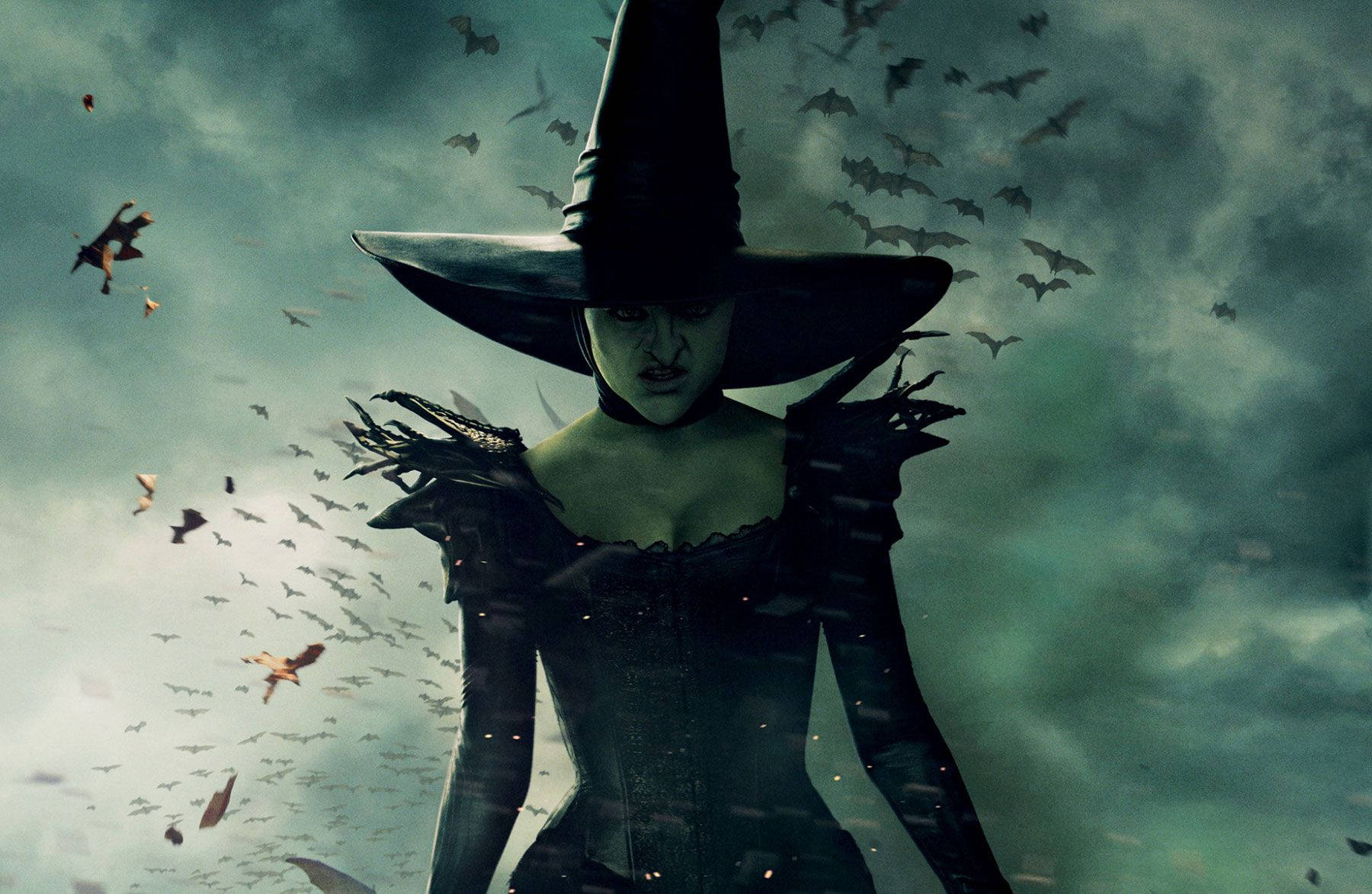
FAQ About Magic in the Middle Ages
Magic in the Middle Ages
2 years ago | gizem
How did the Church reconcile the existence of miracles with magic?
The Church's approach to reconciling the existence of miracles with magic was complex and evolved over time. On one hand, the Church acknowledged the possibility of miracles as divine interventions, while on the other hand, it condemned magic as a practice that sought supernatural powers through illegitimate means. The distinction between miracles and magic was rooted in theological, philosophical, and legal considerations. Here are some ways the Church reconciled miracles and magic:
- Divine Origin of Miracles: The Church believed that miracles were manifestations of divine power and were performed by God or saints as a sign of divine favor or to confirm the truth of Christian teachings. Miracles were seen as authentic and transcendent events, not achievable through human knowledge or magical rituals.
- Holy Scriptures: The Church referred to biblical accounts of miracles performed by Jesus Christ and the apostles as evidence of the legitimacy of miracles. These scriptural miracles were considered divine acts and served as a model for understanding miraculous occurrences.
- Authority and Intent: The Church asserted that miracles were acts of God's will and occurred to serve His higher purpose. In contrast, magic was viewed as an attempt to manipulate supernatural forces for personal gain or to harm others, which contradicted God's divine plan.
- The Role of Faith: Miracles were often associated with the power of faith, and individuals were encouraged to believe in God's ability to perform miracles. The Church promoted the idea that genuine miracles required genuine faith, distinguishing them from magical practices based on superstition or manipulation.
- Canonization of Saints: The process of canonizing saints involved the examination of their lives and any alleged miracles attributed to them. The Church rigorously investigated and verified these miracles to ensure their authenticity.
- Persecution of Magic: The Church's condemnation of magic was rooted in its theological and moral framework. Magic was viewed as an attempt to gain supernatural powers outside of God's grace and was often associated with demonic influence.
- Mystical Practices: The Church acknowledged certain forms of mystical practices, such as contemplative prayer and asceticism, as legitimate means of seeking spiritual enlightenment and union with God. These practices were distinguished from magical attempts to control supernatural forces.
